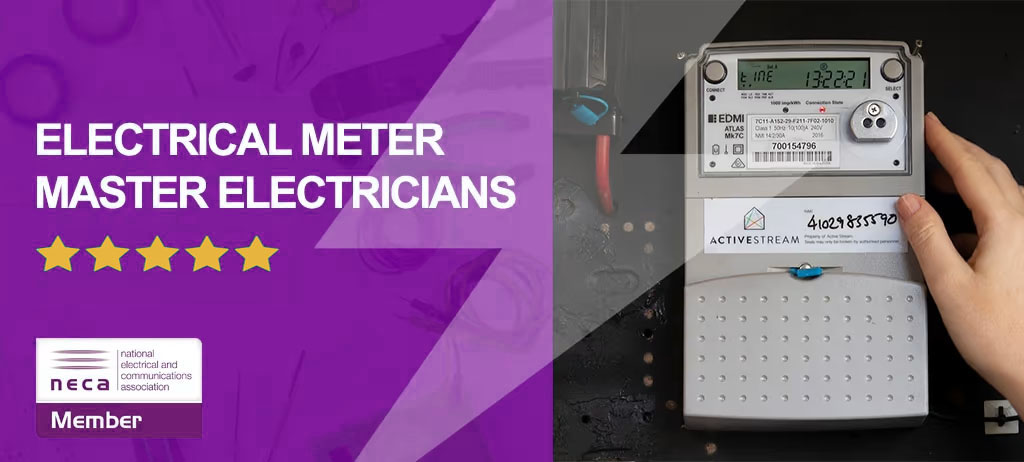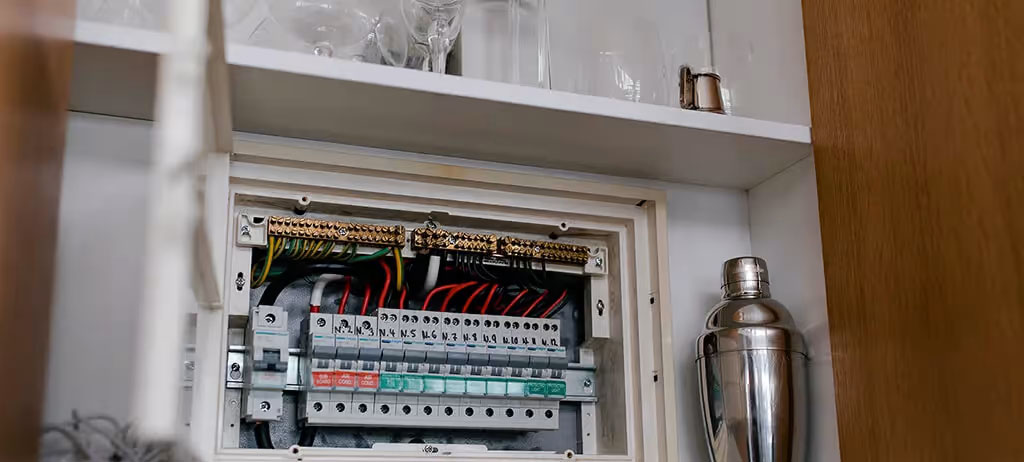





For electrical meter installation, HILTS is the perfect Sydney electrician company to do the job. We start by choosing the correct device or electricity usage monitor for your needs. Our brief metering guide below covers these basics.
Your monthly electricity bill depends on many factors, including:
How and when you use electricity
Your subscription plan
What kind of meter you use
Understanding how each element works is the first step in reducing your monthly expenses.

Australian Metering Periods
In New South Wales, we have three energy companies, each with different metering periods. You’ll need to check the following time ranges with your provider:
The easiest way to reduce your bill and electricity usage is to monitor your energy retailer’s off-peak periods. Shop around before choosing a provider, and select the service that provides the most convenient off-peak periods.
Call your HILTS electrician near you and let our experienced professionals handle the switch over to your new provider.

Electricity Tariffs
The local tariff has a significant impact on your monthly fees. It could even negate any savings due to peak or off-peak usage, depending on whether it is a single, time of use or controlled load tariff.
Single: The simplest calculation method applies one rate, no matter when you use electricity. The rate tends to be lower than a time of use tariff, so it may be better if you will use electricity during peak periods.
Time of Use: When times are specific, the peak, shoulder, and off-peak rates come into play. If you work night shifts, or you are away from home during peak periods, this plan might be more suitable. The option needs a smart or interval meter.
Controlled Load: Applied to appliances that run during off-peak periods, the device may also require a separate meter. You pay the off-peak price for that electricity load.
If you need more information or aren’t sure which option to choose, call our friendly professionals at HILTS.
The electricity meter helps you to calculate your electricity bill with:
Single Phase Model: For an average household with low to moderate energy requirements.
Three Phase Model: For homes with higher electricity requirements or commercial properties.
Meters are further divided into three main types:
Accumulation: The traditional meter is simple, ticking over based on the electricity that you use. It cannot differentiate between times during the day, and you pay a flat fee on all kWh.
Interval: An upgrade on the accumulation model, it takes a reading every half an hour to inform the electricity provider about what time of day you used most of your energy. You may opt for a flat rate or a time of use rate.
Smart Electricity Meter: These meters work on a similar principle to interval models, but the company is able to take readings remotely. A smart meter links up to an app online, allowing you to pinpoint areas where usage seems out of control.
Speak to the team at HILTS today about saving electricity by installing a new meter or switching providers.




Your Information is safe and will never be shared